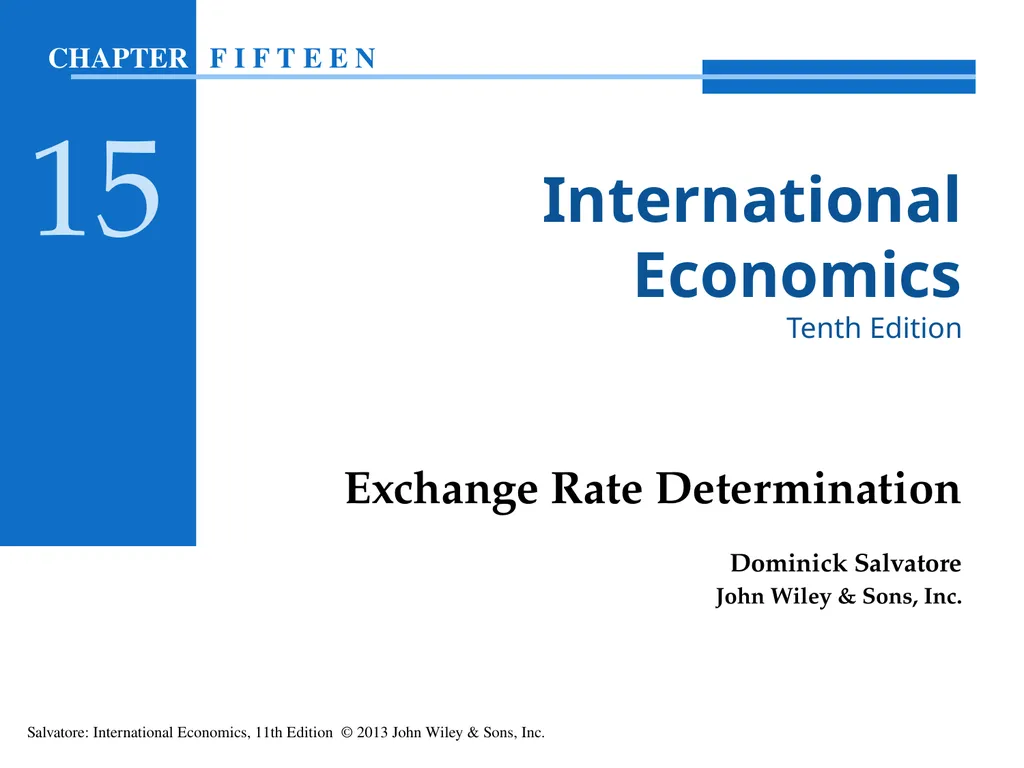
International Economics Tenth Edition Exchange
Author: stefany-barnette | Published: 2025-05-23
Description: International Economics Tenth Edition Exchange Rate Determination Dominick Salvatore John Wiley Sons, Inc. Salvatore: International Economics, 11th Edition 2013 John Wiley Sons, Inc. CHAPTER F I F T E E N 15 Learning Goals: Understand
Download Presentation
Download the PPT/PDF: Download
Transcript:
Loading transcript…